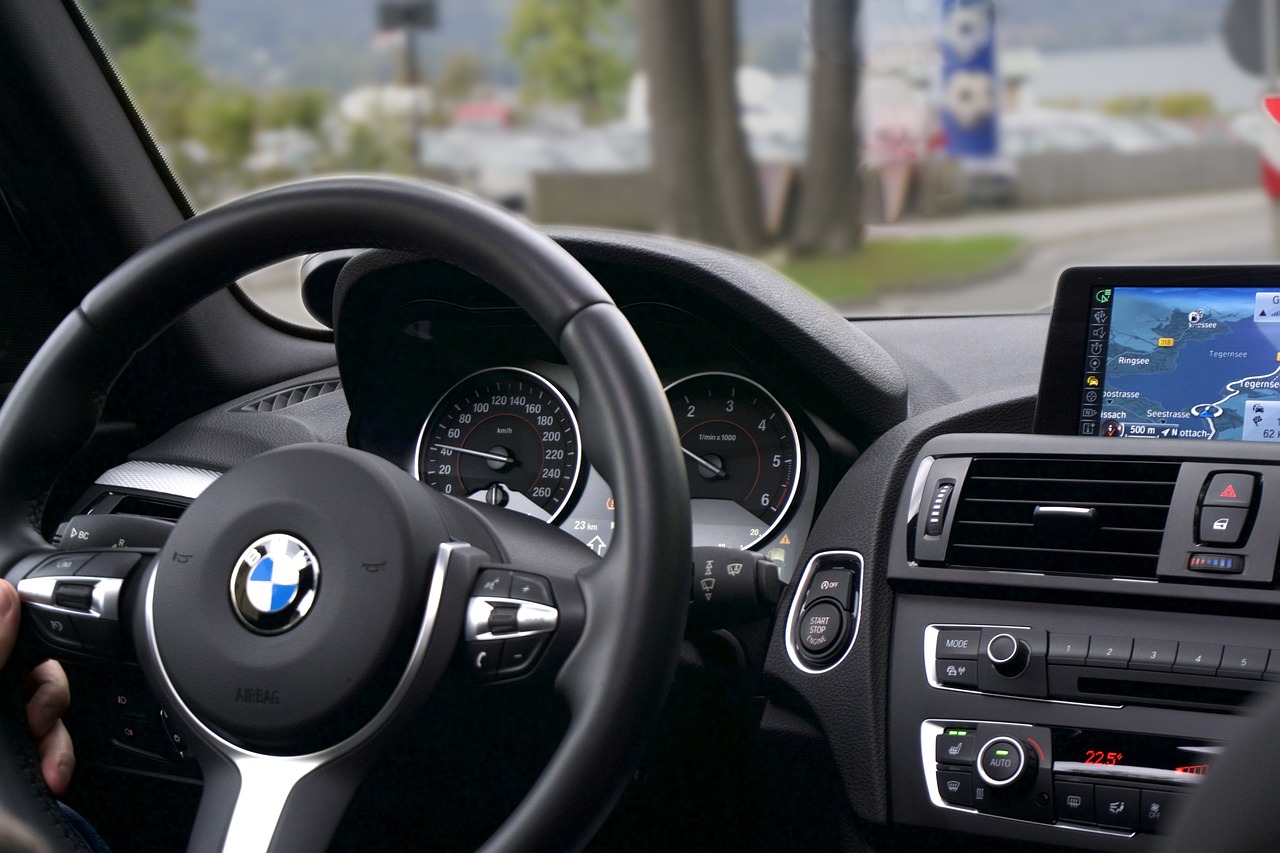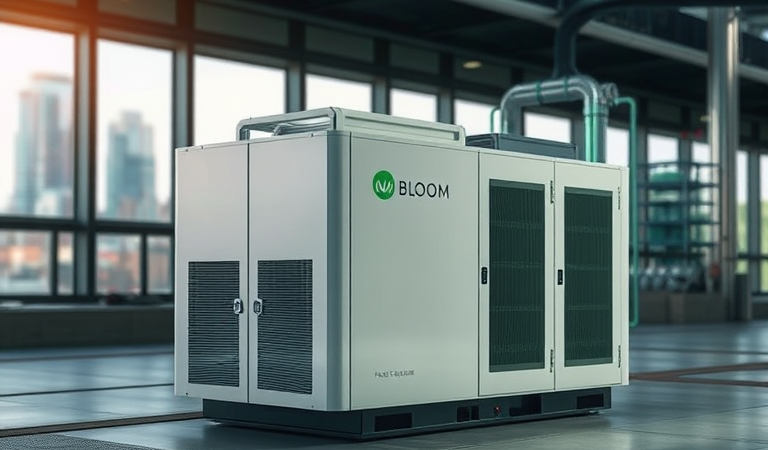The Future of Self-Driving Car Technology in Urban Mobility

The fate of metropolitan transportation is progressively interlaced with the improvement of self-driving vehicle innovation. As urban areas proceed to develop and blockage turns into a bigger issue, independent vehicles (AVs) offer an expected answer for upgrade metropolitan portability, lessen traffic, and work on ecological supportability. The commitment of self-driving vehicles isn’t just about advanced innovation yet in addition the change of how individuals move in metropolitan conditions.
Altering Metropolitan Portability
Self-driving vehicles, otherwise called independent vehicles, depend on man-made consciousness (artificial intelligence), sensors, cameras, and AI to explore streets without human mediation. In metropolitan conditions, where gridlock, stopping, and contamination are critical worries, AVs can possibly give various advantages.
One of the essential benefits of self-driving vehicles is their capacity to upgrade traffic stream. AVs can speak with one another and traffic frameworks, taking into consideration composed development and decreasing bottlenecks. This can prompt a smoother, more productive transportation framework where vehicles follow ideal courses and lessen delays.
One more significant advantage is the decrease of stopping related issues. Self-driving vehicles can drop travelers off at their objections and afterward independently track down leaving, or they might try and drive themselves to a less clogged region. This could altogether lessen the space committed to stopping in jam-packed metropolitan communities, opening up land for lodging, parks, and other public conveniences.
Besides, self-driving vehicles can assume a urgent part in diminishing metropolitan contamination. With further developed eco-friendliness and the potential for electric independent vehicles, outflows could be fundamentally brought down. This, joined with enhanced driving examples, could make urban areas cleaner and more practical.
Difficulties to Survive
Notwithstanding the huge potential, the far and wide reception of self-driving vehicles in metropolitan regions faces a few difficulties. To start with, administrative and lawful obstacles should be tended to. Legislatures should foster new structures for street security, obligation, and protection for independent vehicles. There are additionally worries about how AVs will cooperate with human-driven vehicles, walkers, cyclists, and different components of metropolitan traffic.
Another test is public acknowledgment. While independent vehicles are being tried and refined, many individuals still have some lingering doubts about their wellbeing and dependability. Guaranteeing that AVs can deal with complex metropolitan conditions — like occupied crossing points, walkers, and unforeseen hindrances — will be critical to acquiring public trust.
In conclusion, the actual innovation should keep on advancing. Despite the fact that AVs have taken huge steps, there are still impediments concerning completely independent driving in every single atmospheric condition, in thick rush hour gridlock, and in unforeseen or unusual situations.
Back and forth discussion
Q: How might self-driving vehicles work on the proficiency of metropolitan transportation?
A: Self-driving vehicles can speak with each other, considering synchronized traffic stream. By improving courses and diminishing human mistake, they can diminish clog, decrease travel time, and lower fuel utilization. Moreover, independent vehicles can assist with decreasing the requirement for parking spots, permitting urban communities to redistribute space for different purposes.
Q: Will self-driving vehicles kill auto collisions?
A: Some time self-driving vehicles can possibly decrease auto collisions brought about by human mistake, they are not totally without risk. AVs actually need to explore complex metropolitan conditions with eccentric components like walkers, cyclists, and different vehicles. Notwithstanding, their capacity to respond quicker than human drivers and speak with different vehicles ought to essentially lessen mishaps.
Q: What are the natural advantages of self-driving vehicles?
A: Self-driving vehicles could assist with diminishing discharges by further developing eco-friendliness and decreasing gridlock. Besides, the reconciliation of electric vehicles into the independent vehicle environment would additionally diminish air contamination, particularly in metropolitan regions where air quality is in many cases a worry.
Q: When will we see self-driving vehicles become standard in urban communities?
Some time there is no authoritative course of events, specialists foresee that self-driving vehicles will turn out to be more normal in metropolitan regions throughout the following 10 years. The speed of reception will rely upon headways in innovation, administrative endorsement, and public acknowledgment. At first, independent vehicles might be utilized in controlled conditions, for example, ride-sharing armadas or explicit metropolitan zones, prior to becoming standard.
End
The eventual fate of self-driving vehicles in metropolitan portability is promising, however it will require investment to defeat the mechanical, administrative, and cultural difficulties. As the innovation keeps on developing, metropolitan transportation could turn out to be more proficient, reasonable, and more secure. While full independence might in any case be a couple of years away, the mix of independent vehicles into metropolitan transportation frameworks will without a doubt have an impact on the manner in which we ponder versatility in urban communities.



